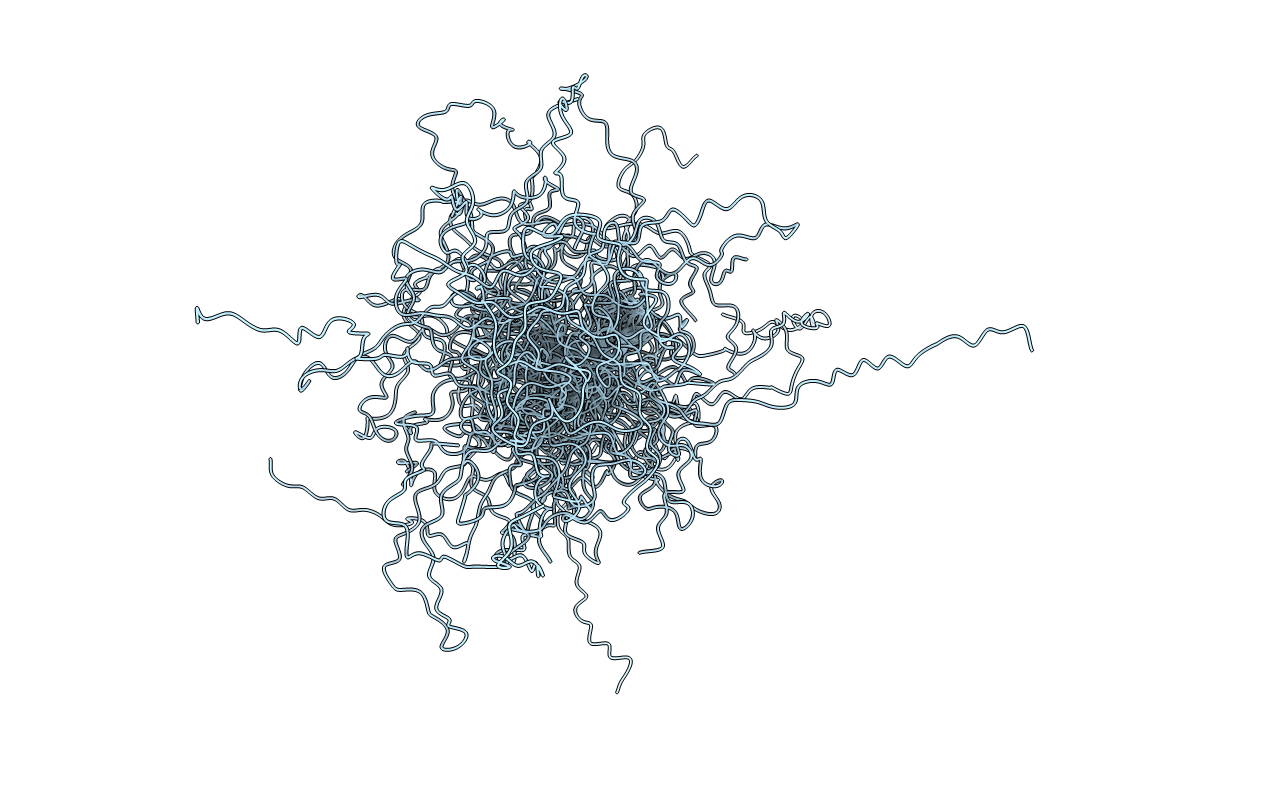
Deposition Date
2020-07-14
Release Date
2020-11-04
Last Version Date
2024-05-15
Entry Detail
PDB ID:
6XRY
Keywords:
Title:
Intrinsically disordered bacterial polar organizing protein Z, PopZ, interacts with protein binding partners through an N-terminal Molecular Recognition Feature
Biological Source:
Source Organism:
Host Organism:
Method Details:
Experimental Method:
Conformers Calculated:
100
Conformers Submitted:
20
Selection Criteria:
target function


